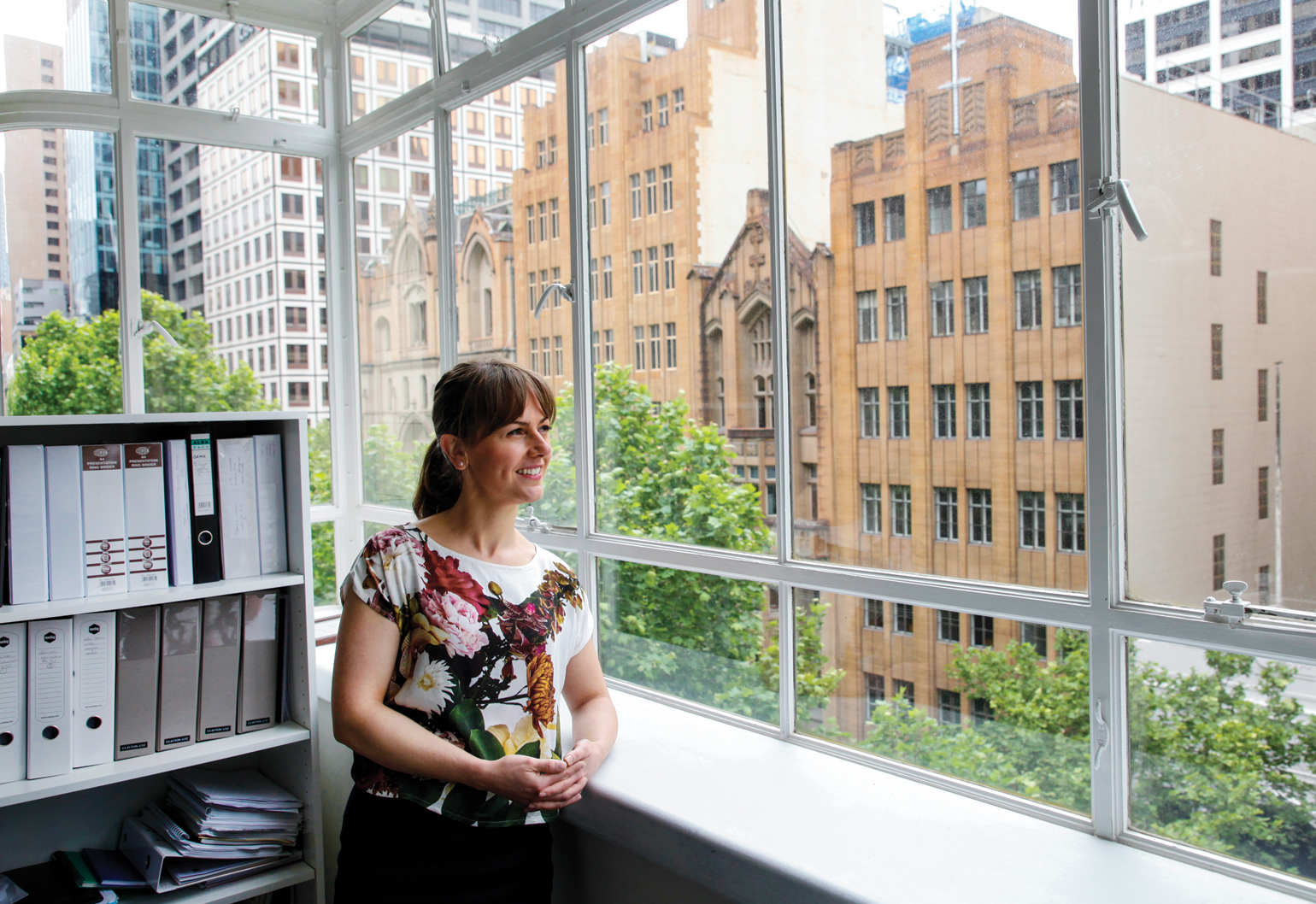The Clean Energy Finance Corporation (CEFC) has invested $150 million in Australia’s largest infrastructure fund to reduce the greenhouse gases pumped out by the nation’s ports, airports and energy assets.
The investment will focus on improving energy efficiency and reducing emissions across assets including NSW’s Ausgrid electricity network, Brisbane Airport, Melbourne Airport, Sydney’s Port Botany and the Port of Brisbane.
The CEFC’s equity commitment to the $12 billion IFM Australia Infrastructure Fund is the clean energy financier’s first investment in the diversified infrastructure sector, and both organisations have high hopes it will deliver impressive results.
The joint media release announcing the investment stated the combined greenhouse gas emissions of the electricity and transport sectors accounts for more than half of the country’s total emissions (they contribute 35 and 18 per cent respectively).
The CEFC estimates if IFM Investors is able to cut the emissions of their assets by 5 per cent, it would lead to an annual elimination of nearly 69,000 tonnes of carbon dioxide.
“This is equivalent to removing 14,775 cars from the road each year, or providing electricity to about 7450 homes a year,” said the media release.
Infrastructure lead Julia Hinwood said IFM initiatives to reduce emissions might include installing on-site solar PV and battery storage solutions, and converting to electric vehicles.
“They are also likely to involve using smart management systems that monitor asset performance and assist with reducing energy consumption, and optimising logistics and supply chains,” she said.
IFM Investors is an investor-owned fund manager with a total of $100 billion dollars under management globally. Its website states the organisation is owned by a total of 15 million pension funds around the world, including 27 Australian funds representing six million Australian workers.
The CEFC is aiming to invest $1 billion into clean energy initiatives in Australian cities over 10 years.
Last year, the financier contributed $150 million towards Moorebank Logistics Park in south-western Sydney, which is aiming to reduce road freight transport to and from Port Botany by increasing the use of rail networks.
CEFC CEO Ian Learmonth said infrastructure assets are central to our economic and social wellbeing.
“They are usually large, expensive and built for the long term. It is absolutely critical that the assets of today contribute to the overall emissions reduction task that we are facing,” he said.
IFM Investors Global Head of Infrastructure Kyle Mangini said the fact this is the first commitment by the CEFC to an infrastructure fund reflects IFM’s alignment in a cleaner future.
“I invite other investors in infrastructure to follow our lead and make a difference,” he said.
He added the organisation will set up regular reporting to track the progress of each of its infrastructure assets in Australia
“We will report on a new website the emissions from each of the assets in our Australian portfolio, the targets we’re setting, the progress we’ve made against those targets, with the objective to hold ourselves accountable in a very transparent manner.”



